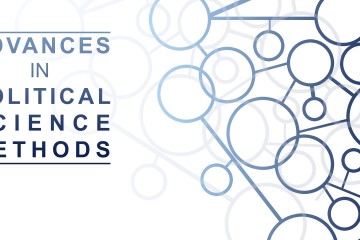
When does traditional statistics become machine learning?
When does traditional statistical modelling (TSM) become machine learning (ML)?[i] “Machine learning” has truly become a buzzword that is applied rather liberally to a wide range of modelling applications. But, the difference is far from a question of semantics: there are fundamental differences between ML and TSM that data practitioners should keep in mind. Similarities But, let’s start off with some commonalities between ML and TSM. In both disciplines our aim is to build a (statistical) model (to use TSM terminology) that minimises loss, that is, that achieves the smallest possible difference between observed values and the values estimated by the model. In so doing, we have to achieve a successful balance between model complexity and generalisability: pick too complex a …
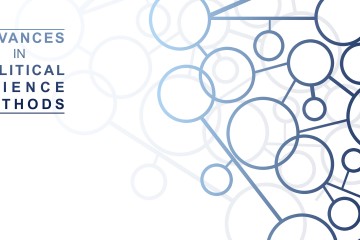
Estimating the Effect of Feature Selection in Computational Text Analysis
Below, I discuss and analyse pre-processing decisions in relation to an often-used application of text analysis: scaling. Here, I’ll be using a new tool, called preText (for R statistical software), to investigate the potential effect of different pre-processing options on our estimates. Replication material for this post may be found on my GitHub page. Feature Selection and Scaling Scaling algorithms rely on the bag-of-words (BoW) assumption, i.e. the idea that we can reduce text to individual words and sample them independently from a “bag” and still get some meaningful insights from the relative distribution of words across a corpus. For the demonstration below, I’ll be using the same selection of campaign speeches from one of my earlier blog posts, in which I used a …

Trumped-up vs. Clintonesque: what text analysis can teach us about the US elections
The 2016 United States presidential election—or in John Oliver’s most recent definition: ‘lice-on-a-rat-on-a-horse-corpse-on-fire-2016’—has reached its final leg. As a political scientist and a computational text analyst, I cannot resist sharing my two cents on an election that has certainly broken a model or two. Following in the footsteps of two colleagues who recently produced two excellent articles (you can read them here and here), in this post I’d like to analyse a few examples of the exceptional language used in this elections cycle. Text analysis can help us understand two commonly held beliefs or facts (the distinction has become a bit blurred over the course of this year’s election cycle) about the US elections: Donald Trump is running a negative …
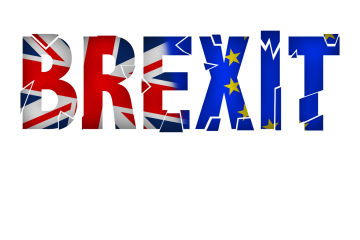
Brexitania: Post-truth politics, the fallout, and the way forward
The UK’s Brexit referendum outcome has left Europe, and the world, in disbelief. After 40 years, Britain’s historic decision to turn its back on the European Union has divided the country—a division that cuts not only across families and friends, but also between the “establishment” and the electorate. It is perhaps this latter divide that is most pronounced. But will this division last? Brexit presents a unique opportunity to expose and debate some of our most pressing problems, and to restore the bonds of trust between voters and the political elite. Britain divided by elite maneuverings Britain leaving the EU does present some important challenges—both economic and social— that have splintered the British political, economic, cultural and ideological landscape. It …

What Big Data can teach political scientists
Big Data is now a buzzword in the political science field. Some might call this hype. Others see unlocking the power of “Big Data” as the most significant transformation in research this century. In the world of research, Big Data seems to be living up to its promise. And the results include a wave of new and inspiring projects. What is Big Data? Big data is not simply research that uses a large set of observations. It might be thought of as re-imagining large-n inquiries, dealing with hundreds of thousands, and, in some cases, even millions of observations. Big Data means giant N. But it is more than a question of quantity. In their well-known Ted Talk, Erez Lieberman …
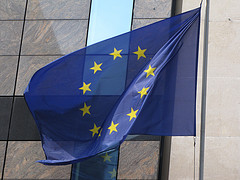
Voter Blues: The European Parliament’s efforts to boost turnout in the 2014 Elections remain problematic
In 2014, 300 million eligible voters across the European Union (EU) will have the opportunity to cast their vote in the elections for the second-largest legislative body in the world: the European Parliament. Currently at 766 members, in the new legislative period, the Parliament will have 751 members who according to the Treaty on European Union (TEU) directly represent the European citizens. And this election is bound to be different—if it is up to Members of European Parliament (MEP) that is. The EP, together with the Commission, is making a huge effort to politicise the process and make the 2014 elections truly European. Although commendable, these efforts are not without problems: in some ways, they stretch the limits of the EU treaties to worrying degrees and risk creating a dysfunctional decision-making context after the elections.
In spite of its considerable (and increasing) powers under the Treaties, the Parliament has since the first election faced decreasing turnouts. In the latest 2009 elections, the average was 43 per cent across the EU-27. Efforts are being made to address this problem. In July 2013, a resolution by MEP Andrew Duff included a wide range of measures to improve turnout, the most important of which is the proposal to have Commission candidates of the EP political groups.
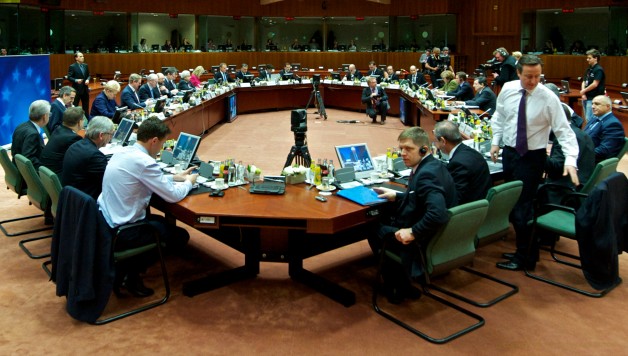
The EU budget is a missed opportunity for Europe
Last Friday, after 24 hours of negotiations, European leaders agreed on a new EU budget deal for 2014-2020. Two summits were needed: one was held in November 2012, and another last week that ended in agreement. For the coming seven years, the member states will contribute 960 billion Euros towards the EU project—85 billion less than the European Commission’s original proposal. It is a flimsy budget, one by no means fit to deal with the economic challenges that Europe is currently facing.
It is quite understandable that countries such as the Netherland, Denmark and the United Kingdom aimed for a slashed budget: in times of crisis, it is hard to sell the message of pouring even more money into Brussels’ accounts. Indeed, the slash-the-budget-camp has proved to be quite effective in furthering its agenda.










